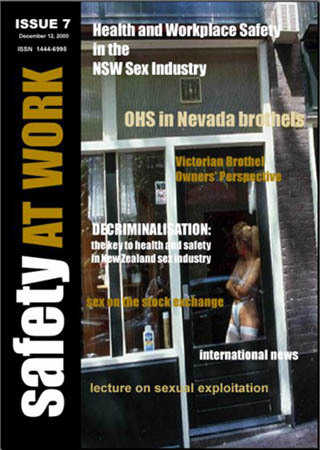A front page report in the The Australian on 9 July 2008 is reassuring safety professionals who had hoped for OHS management details from the Tasmanian Coroner’s inquest into the death of Larry Knight at the Beaconsfield mine.
According to the report
Coroner Rod Chandler yesterday ruled against the mine’s submission that he should simply adopt the findings of the official Melick report into the Anzac Day rock-fall in 2006 that killed Knight and trapped colleagues Brant Webb and Todd Russell underground for 14 days.
Mr Chandler also ruled against the mine’s fall-back position that any inquest should be limited to geo-technical issues.
Instead, he ruled he would also examine risk management at the mine, which was criticised by an expert’s report, the mine’s “financial situation” and the role of Tasmania’s work safety watchdog.
This puts the inquiry iinto the realms of the Sago mine investigation and many other mine fatality inquries.
The full inquest resumes on 22 July 2008.

